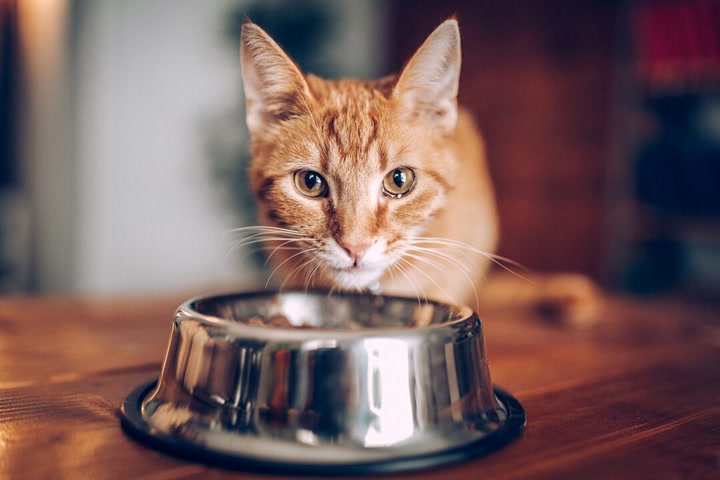Deciding how much food to feed your indoor cat each day seems confusing. With so many cat food options available, from dry kibble to wet canned varieties, how do you know what and how much to feed? Getting your cat’s diet right is important for their health and well-being.
Calorie requirements for indoor cats
An indoor cat generally requires 20-35 calories per pound per day. So, a 10-pound cat would need around 200-350 calories daily. However, every cat is different based on age, activity level, and health status. Kittens and pregnant/nursing cats need more calories, while senior and less active cats require less. Check with your vet if you are unsure of your cat’s needs.
When determining portion sizes, always follow the feeding guidelines on your cat’s food packaging based on your cat’s weight. This will provide you with the recommended amount to maintain your cat’s ideal body condition.
Choosing the best cat food
With a dizzying array of cat food options on the market, how do you choose what’s nutritionally best for your feline friend?
Wet or Dry?
There are benefits to both wet and dry cat foods. Wet food contains more moisture, which helps with hydration. Dry kibble helps clean teeth and satisfies chewing instincts. For indoor cats, a combination is ideal. Feed wet food supplemented with dry food for snacking throughout the day.
Complete and balanced nutrition
Look for cat food labeled “complete and balanced” indicating it meets nutritional standards set by the Association of American Feed Control Officials. This ensures the food contains the right proportions of important nutrients like proteins, fats, vitamins, and minerals. Click here to buy the best cat food for indoor cats.
Age-appropriate formulas
Cat nutritional needs change throughout their lives. Choose kitten formula high in protein and fat for growing cats under 12 months old. For senior cats 11 years and older, pick soft food that’s more easily chewed and digestible, with reduced calories.
Avoid filler
Grains like corn, wheat, and soy function more as fillers than nutrients in cat food. Cats get no nutritional value from plant-based fillers, which even cause allergic reactions in some cats. Instead, look for grain-free formulas with named meat proteins like chicken, salmon, turkey, or duck as the first ingredients.
Limited ingredient diets
If your cat has food sensitivities or allergies, limited ingredient diets made with fewer components may help eliminate reactions. Novel protein sources like venison, rabbit, bison, or duck also help cats tolerate foods better.
How much should you feed your cat?
Pay attention to your cat’s body condition score to adjust food portions correctly. Does your cat have:
- Ribs, spine, and hipbones easily felt with little fat cover = underweight
- Ribs, spine, and hips felt with slight fat cover = ideal shape
- Difficulty feeling ribs under fat and waist not visible = overweight
To maintain an ideal weight, follow these generally accepted feeding guidelines:
Kittens
- Up to 4 months old – free choice dry food, plus several small wet meals per day
Adult cats
- 5-7 lbs: 1/4 to 1/2 cup per 8 hrs
- 8-10 lbs: 1/2 to 3/4 cups per 8 hrs
- Over 10 lbs: 3/4+ cups per 8 hrs
Adjust up or down based on your cat’s age, activity level, and if weight loss/gain is desired. Break portions into multiple smaller meals left out throughout the day. This matches cats’ natural tendency to nibble frequently.
Senior cats
Follow adult guidelines but use senior cat food formulas. Adding more frequent, smaller wet food meals helps ensure adequate intake for older cats.
Allow free choice access to dry kitten formula supplemented with extra wet food meals daily while nursing. Then begin transitioning back to normal portions over a couple of weeks once kittens are weaned. Monitor your cat’s body condition, energy levels, and health continuously. Increase or decrease portions gradually as needed to maintain ideal weight. If concerns arise about your cat’s eating habits or health, consult your veterinarian.












